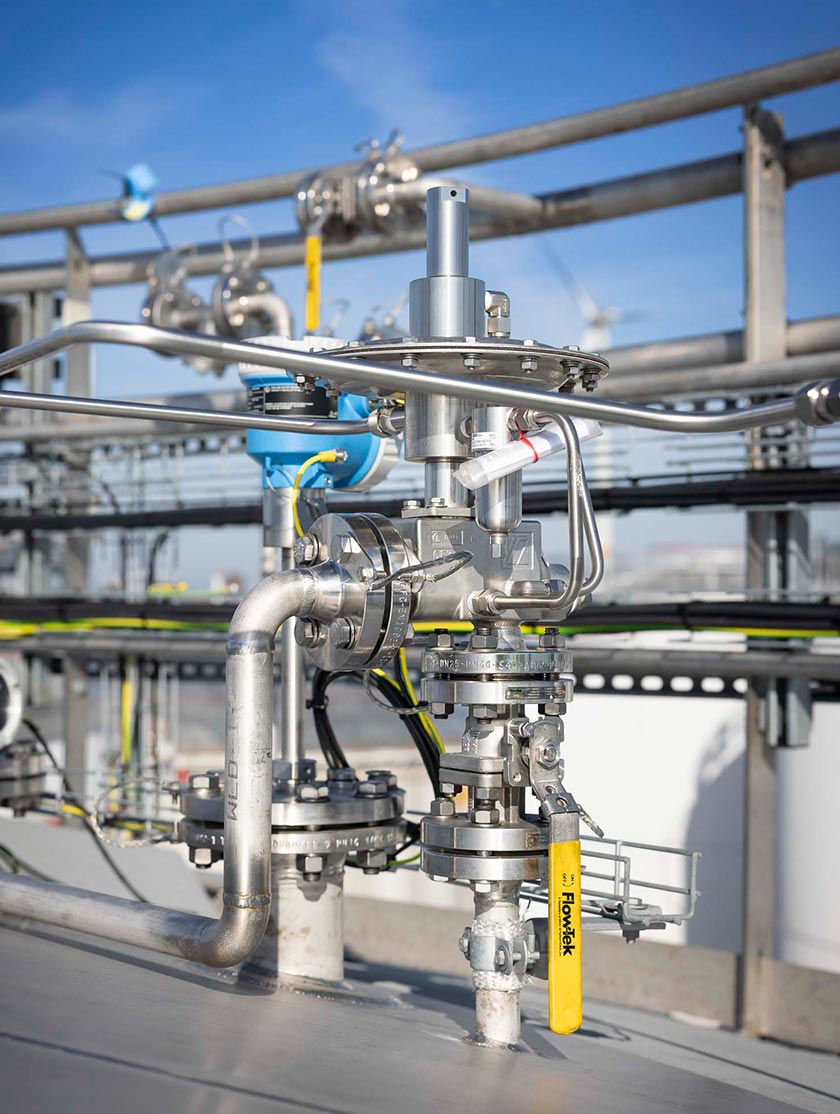How Pressure Reducing Regulators Ensure Consistent Paint Spraying
How Do Pressure Reducing Regulators Maintain Constant Pressure in Paint Spray Systems?
In paint spray systems, maintaining constant and controlled air pressure is vital to achieving a smooth, even finish and optimizing paint usage. Any fluctuations in air pressure can lead to uneven spray patterns, overspray, or paint defects. This is where the pressure reducing regulator (also referred to as pressure regulator) plays a vital role. But how exactly do pressure reducing regulators maintain constant pressure in paint spray systems? Let's break down the mechanics and operation of these important components.
What is a Pressure Reducing Regulator?
A pressure reducing regulator is a mechanical device designed to automatically reduce a high, varying inlet pressure to a stable, low outlet pressure. It ensures that downstream equipment (in this case, the spray gun) receives air at a constant pressure, regardless of fluctuations in supply pressure or changes in demand.
The Importance of Constant Pressure When Spraying Paint
Paint spray systems use compressed air to atomize paint into a fine mist for uniform application. Precise pressure control affects:
- Spray Quality: Consistent pressure modulates paint droplet size and velocity for even coverage.
- Control and Efficiency: Excessive or inconsistent pressure can lead to overspray, wasted paint, and the need for additional cleaning.
- Equipment Durability: Pressure spikes can damage spray guns and auxiliary components.
- Operator Control: Consistent pressure provides predictable spray patterns and reduces the need for frequent adjustments.
How Pressure Reducing Regulators Work
Pressure reducing regulators maintain a constant output pressure using a balanced mechanism that includes the following key components:
- Sensing Element (Diaphragm or Piston)
This flexible element responds to changes in output pressure. When the output pressure drops below the set point, the diaphragm moves accordingly, allowing more air to pass through. - Control Valve
Connected to the sensing element, the control valve opens or closes to regulate airflow. When the outlet pressure decreases, the valve opens further to increase airflow; when the pressure exceeds the set point, it partially closes to reduce flow. - Spring Mechanism or Adjustable Set Point
A spring exerts a force on a diaphragm, establishing the desired outlet pressure. Adjusting the spring tension modifies the pressure set point. - Inlet and Outlet Ports
High-pressure air enters the inlet port, while a lower, regulated pressure exits the outlet port toward the spray gun.
The Regulation Process in Action
| Step | Description |
|---|---|
| Initial Air Flow | Compressed air enters at a high and possibly fluctuating pressure. |
| Pressure Setting | The regulator spring sets the target outlet pressure. |
| Pressure Drop | If outlet pressure drops (due to increased paint demand or leaks), the diaphragm shifts, opening the regulator valve further to allow more airflow. |
| Pressure Rise | If outlet pressure increases (due to decreased air demand), the diaphragm closes the regulator valve slightly, reducing air supply. |
| Balance | This dynamic balance maintains a near-constant outlet pressure, ensuring steady airflow to the paint sprayer. |
Benefits of Using Pressure Reducing Regulators in Paint Spraying
- Better Finish Quality: Stable air pressure ensures consistent paint atomization and reduces defects.
- Reduced Paint Waste: By avoiding sudden pressure surges, overspray and paint waste are minimized.
- Increased System Safety: Prevents damage to spray equipment from excess pressure.
- Operating Efficiency: Operators can set the pressure and forget it without constant manual adjustments.
Conclusion
Pressure reducing regulators are essential components in paint spraying systems, ensuring that despite varying inlet pressure or changing operating conditions, the sprayer receives a stable, regulated air pressure. Their ability to automatically adjust airflow through sensing elements and control valves ensures consistent spray patterns, efficient paint application, and longer equipment life. Understanding the function and importance of pressure reducing regulators helps industry professionals optimize their paint spraying operations for superior quality and increased profitability.
New to Pressure Reducing Regulators? Start with Expert Support |
Whether you're just learning the basics or comparing regulator types, Cashco’s lineup offers solutions for every industrial need. Browse our pressure reducing reglator models or complete the Regulator Sizing Form to get personalized guidance from our team.
See Pressure Reducing Regulators in Action |
Our animation breaks down how a pressure reducing regulator controls pressure with precision.





